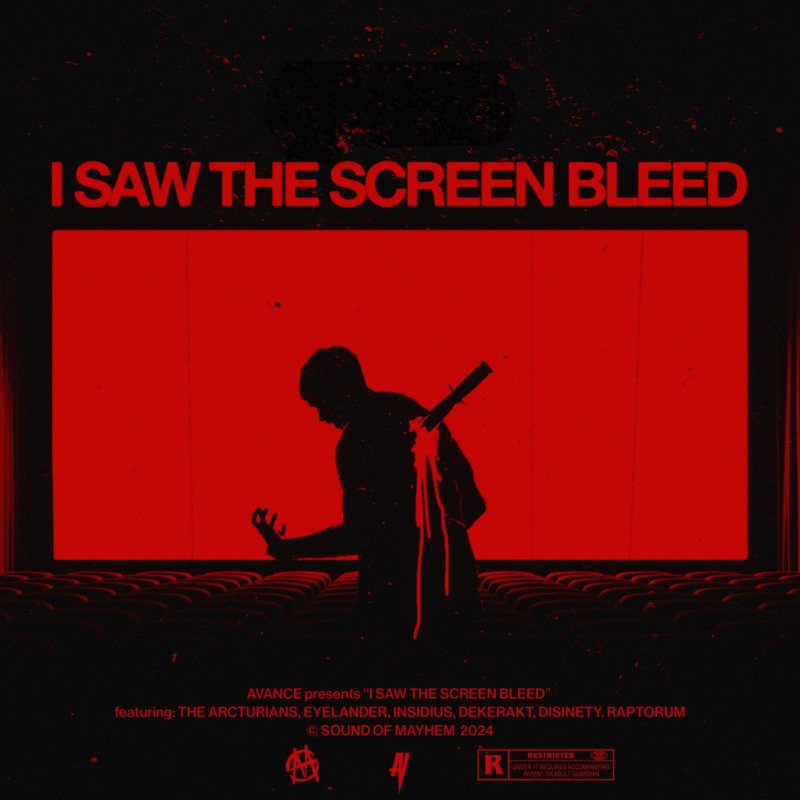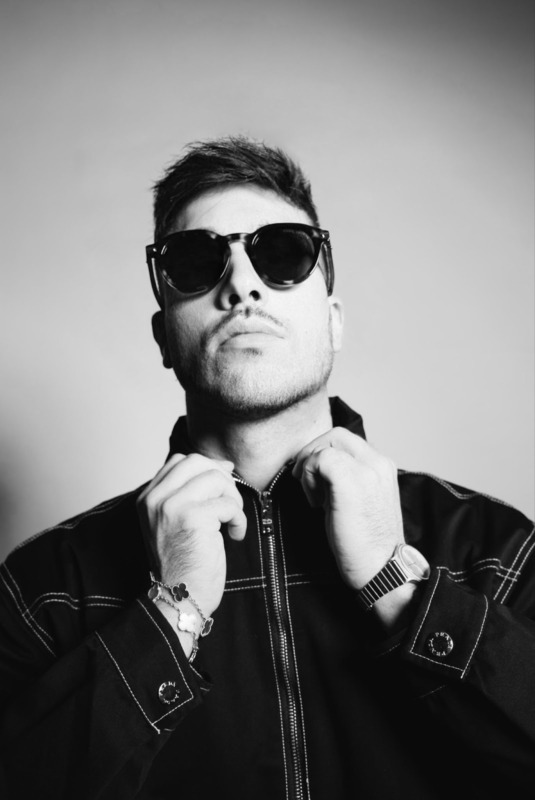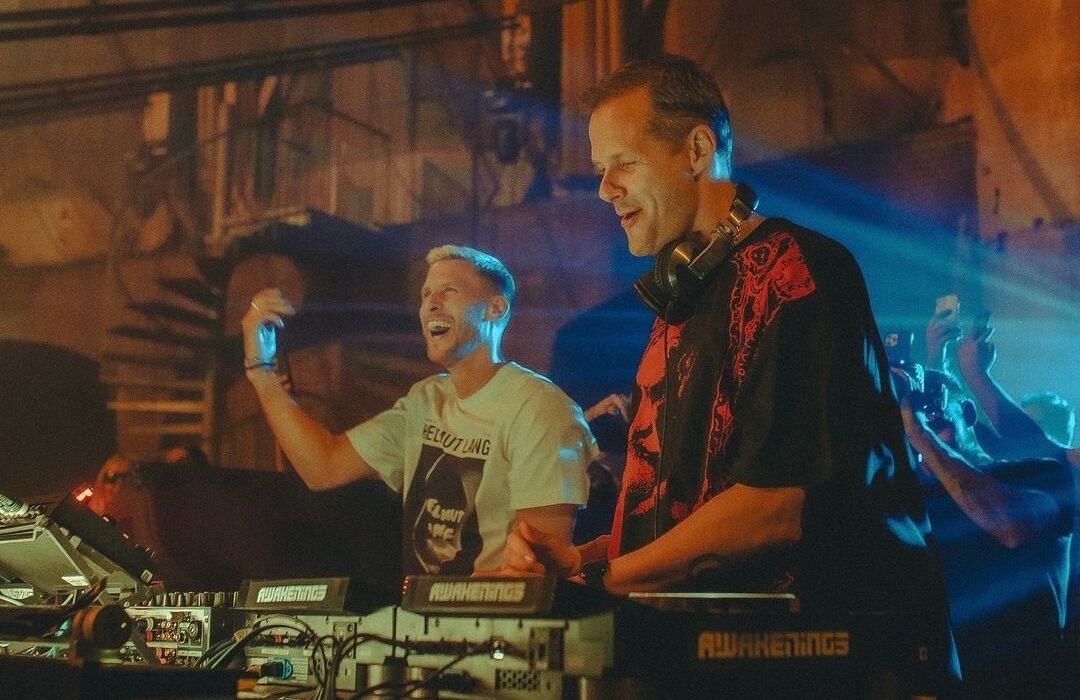A director’s gig for a feature film at the iconic Studio Ghibli should be the dream job for any up-and-coming anime auteur. So why did Mamoru Hosoda end up turning down the chance to helm Howl's Moving Castle? The answer lies with the strict rules and tones that come with working for an acclaimed animation company, and how that may come into conflict with the creative vision of a budding director looking to make his own unique mark upon the world.
March 1999 saw the debut of Mamoru Hosoda, a young director assigned to the short film Digimon Adventure. It was released a day before the Digimon TV show's first episode and would serve as an introduction to the franchise. Though it operated under a similar formula to Pokémon, the film quickly asserted itself as a standalone story filled with realistic characters and great animation. The film was popular enough to prompt the release of another theatrical short, Digimon Adventure: Our War Game!, which garnered both critical praise and the attention of Japan’s most beloved animation studio.
Ghibli producer Toshio Suzuki approached Hosoda to probe his interest in directing a new feature they thought he may be a good fit for-- Howl’s Moving Castle, an anime adaptation of the fantasy novel by Diana Wynne Jones. For a director with only a couple of short films and some TV work under his belt, this was a golden opportunity and he swiftly accepted. Within a few months, however, Hosoda would quit the project.
The problem was that throughout the production of the film, Hosoda was encouraged to create it the way Hayao Miyazaki would have done so. In an interview with Polygon, Hosoda confessed that "the difference between the film I wanted to do and how they wanted to do it was too great, so I had to get off the project." Throughout all Ghibli films, there is an unmistakable atmosphere that is as charming as it is uniform; part of what helps Ghibli as a brand is the way in which all the stories seem to have a similar approach to their telling.
While this is beneficial for the company, it is undeniably less so for a budding director looking to place his own spin on the stories he tells. Unable to compromise on his creative vision, Hosoda soon vacated the project in search of other productions that would allow him to make movies on his own terms. As risky a move as this might have seemed at the time, Hosoda credits it with allowing him to grow his career into where he is today.
In 2006, Mamoru Hosoda released the coming-of-age film The Girl Who Leapt Through Time, a film which received enough acclaim to prompt critics into calling him "the next Miyazaki." He’s since written and directed movies such as Wolf Children and Mirai, the latter being nominated for Best Animated Feature at the 2019 Academy Awards.
About The Author

